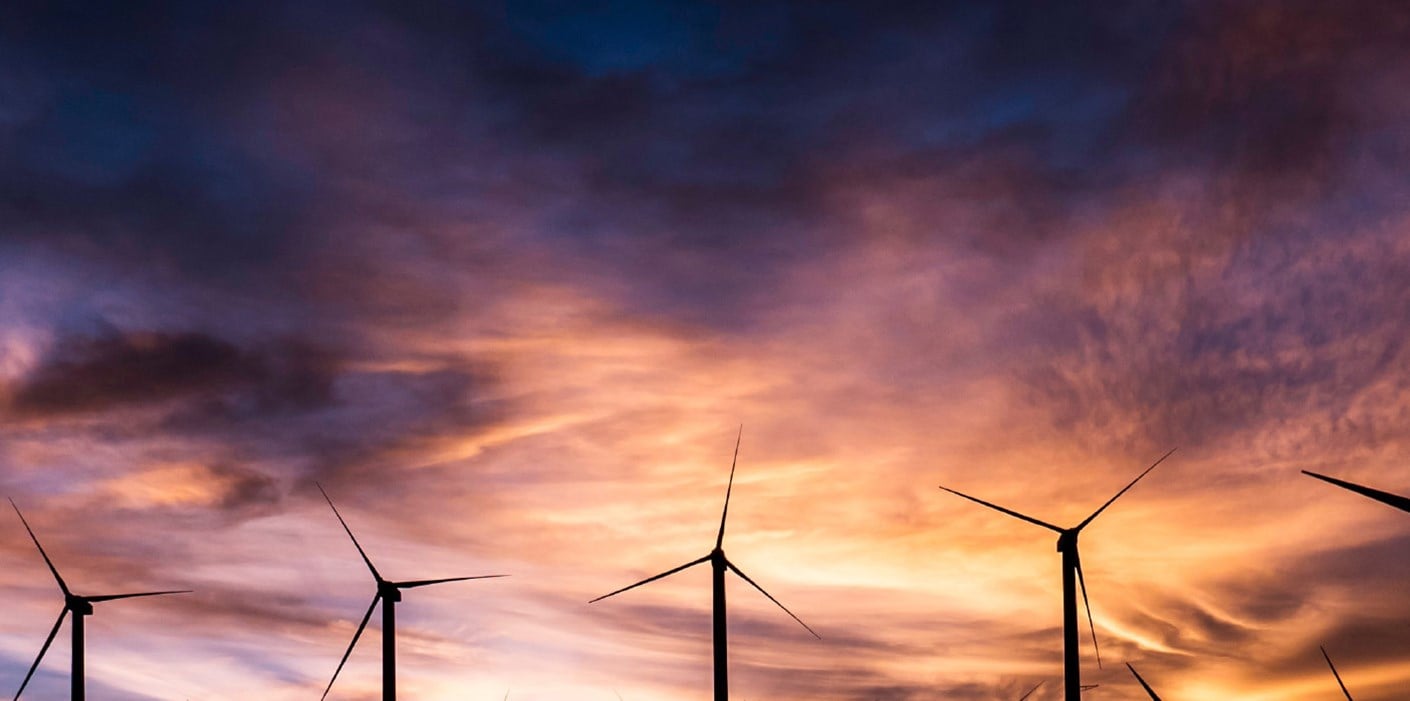Background
Following the construction of a 408km gas pipeline across the Andes Mountains and South America’s first LNG plant, PERU LNG wished to ensure the highest standard of reinstatement and re-vegetation of the project facilities, particularly in the Andes, to ensure pipeline integrity and to protect the environment. These activities also had to comply with the stringent social and environmental sustainability performance standards and safeguard policies of the International Financial Corporation (IFC) and the Inter-American Development Bank (IDB).
Our Approach
PERU LNG’s environmental and social policies, as well as the project’s Environmental and Social Impact Assessment (ESIA) served as financing agreements that required the Reinstatement and Re-vegetation Plan meet the following objectives:
- Ensure a transparent and comprehensive approach to implementing project commitments with regard to biodiversity during the construction and operation of the project;
- Provide assurance that environmental mitigation measures and other the commitments made during the ESIA process, lender due diligence related to biodiversity, including ecosystems, habitats and species, are effective;
- Restore the land affected by project activities along the RoW to conditions that allow the re-establishment of natural ecological processes that will lead to the progressive recovery of pre-construction biodiversity, structure, and function; and
- Protect the topsoil and restore vegetation cover as quickly as possible after construction in order to stabilize the ground surface, avoid soil erosion and mass wasting, protect pipeline integrity, and safeguard sensitive ecological habitats such as water bodies and wetlands against sedimentation.
The Ecological Management Plan (EMP) addressed PERU LNG’s overarching commitments and requirements during the construction phase impacts of the pipeline project. It specifically related to environmental mitigation measures and ecological commitments made by PERU LNG for the management of flora, fauna, habitats, ecosystems and biodiversity, as described in the Pipeline ESIA. Additional measures and commitments were addressed by PERU LNG’s Bio-restoration Plan, Biodiversity Monitoring Program, and Ecological Landscape Unit Action Plans.
Linear projects can be disruptive to their surroundings and to the health of ecosystems that may be highly variable along the route. This often makes it difficult to apply generic management plans for controlling impacts and restoring the affected ecosystems. The methodology applied provided a mechanism for the development of both generic and specific work programs to manage the vegetation, define procedures and actions the compliance with projects, and deliver the high standards of ecological performance desired by PERU LNG, the IFC, IDB and other stakeholders.
In response to the requirements established by PERU LNG, ERM provided:
- Overarching ecological management programs and specific plans for the management of vegetal species and their conservation status along linear projects to minimize adverse effects on biodiversity. These included relocation, offset, substitution, and non-action;
- Guidelines on how to apply international best practices and comply with not only the requirements of the ESIA but also the detailed ecological commitments contained in PERU LNG’s Commitments Register; and
- Advice and assistance with delivering project commitments related to the conservation of biodiversity and meeting lender expectations with regard to environmental and social sustainability.
Benefits and Value
Technical Contribution:
- High precision assessment of the vegetation cover in relation to Right-of-Way.
- High precision evaluation of sensitive species with a particular focus on conservation and abundance status.
- Preparation of specific action and management plans for relevant vegetal communities identified as well as preparing field guides for contractors and operators in general.
Economic Contribution:
- Detailed identification of the effort levels required to apply management plans for vegetation cover and revegetation with the potential of reducing costs.
- Contributing to the efficiency of the restoration and biorestoration plans in relation to specific design by sector and vegetal species.

